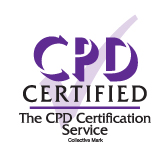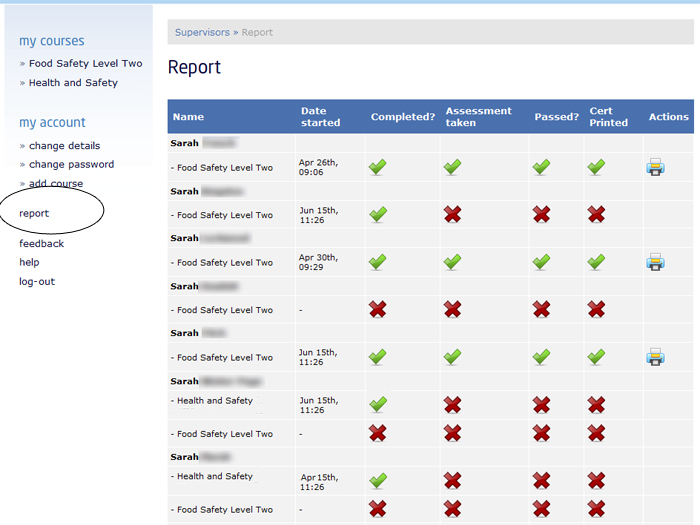At Esky we are often asked about the benefits of e-learning over classroom learning. We believe that benefits lie with both but here we will look at how e-learning can help an organisation and an individual.
What works and why?
Clearly there is a psychological element to learning in all spheres. Richard Mayer at the University of Santa Barbara has made some interesting and useful findings about how we learn most effectively with e-learning through a series of controlled experiments.
Adding graphics to words can improve learning: Mayer found an average gain of 89% in learners that had e-learning lessons with both text and graphics compared to those who simply had text presented to them.
Why? Mayer explains that information fed into the long-term memory must be encoded, giving the brain two opportunities to encode information – both verbal and visual coding increases learning dramatically.
Explaining graphics with audio improves learning: Mayer found that narrated lessons showed an 80% improvement rate. Again this is because of the way our brains store and process information. Providing a visual and phonetic opportunity to store information stretches the brain to maximise working memory.
Esky have designed user centric courses that take into account these factors and ensure that instructional methods such as practice exercises and simulations are embedded into the courses to maximise learning. “Interactive games based on the training message are very effective at improving learning” according to How Stuff Works, a Discovery company. They continue, “Being able to explore, try, succeed or fail makes good training.”
As well as the design of the lesson itself we must also consider the parameters of technology and environmental factors such as budget, time and organisational culture.
So what are the benefits?
Reduced Costs.
Learning content is expensive and time consuming to produce, but with e-learning you are able to train staff without the consideration of variables such as travel to a classroom, accommodation, no-shows and subsistence, therefore increasing your return on investment.
You are also able to immerse the learner in an environment such as a kitchen online without the costs of recreating an actual environment in a classroom.
Productivity and Consistency.
E-learning reduces time away from the workplace and is often completed in down time. The combination of instructional design; interactive exercises and multimedia increases retention and provides employees with the tools to enhance their performance within the workplace.
Online courses also enable a consistent delivery for all users. Classroom delivery maybe delivered differently across sessions and tutors.
Better understanding of your teams
E-learning enables you to access reports which provide data on uptake, how long courses take, where people have failed and how many times they have needed to take modules in order to learn and subsequently pass. Through the e-learning process the trainee also has the freedom to fail, many adult learners have a fear of the classroom as they fear visible failure amongst peers. The e-learning environment allows the user to fail, go back over areas of particular difficulty at their own pace and try again.
E-learning is also often facilitated by L&D managers, here trainees can learn at their own pace and ask questions if they feel necessary. Managers can also learn about their teams and where extra support in the working day may be required.
Feeling Supported by the Employer.
People who are given the space to learn in their own way and at their own pace will feel supported and understood by their employers. The sense of development and opportunity to grow is also a valid factor in employee loyalty.
And lastly e-learning is good for the environment. The Open University has found that e-learning courses consume an average of 90% less energy and 85% fewer CO2 emissions per student than a classroom based course.
This blog is brought to you by
Esky e-learning


 In 2010 Esky Learning Ltd became CPD certified, but what is CPD and why did we get involved?
In 2010 Esky Learning Ltd became CPD certified, but what is CPD and why did we get involved? Some popular questions answered…
Some popular questions answered…


 If you are a food business you may be aware of ‘Scores on the Doors’; a Government scheme that provides consumers with the results of hygiene inspections carried out by local authorities.
If you are a food business you may be aware of ‘Scores on the Doors’; a Government scheme that provides consumers with the results of hygiene inspections carried out by local authorities.